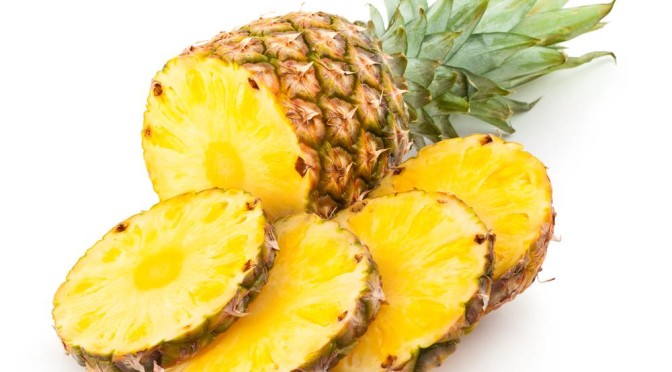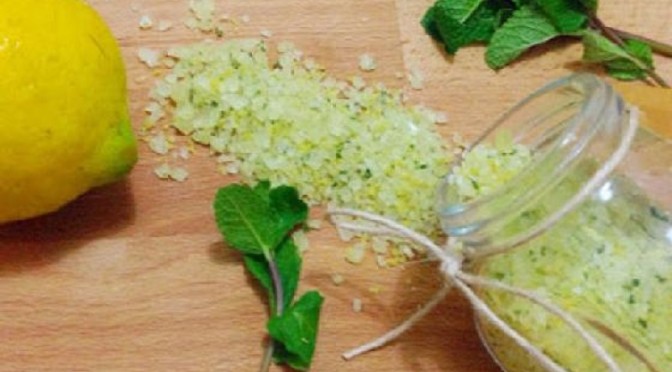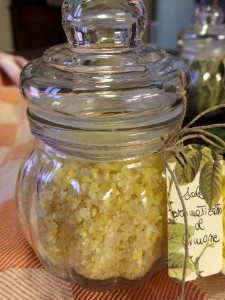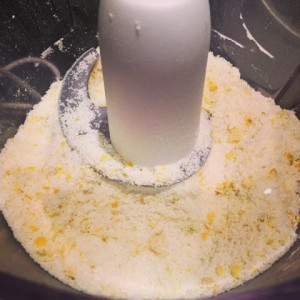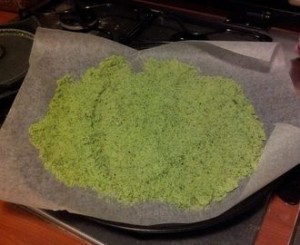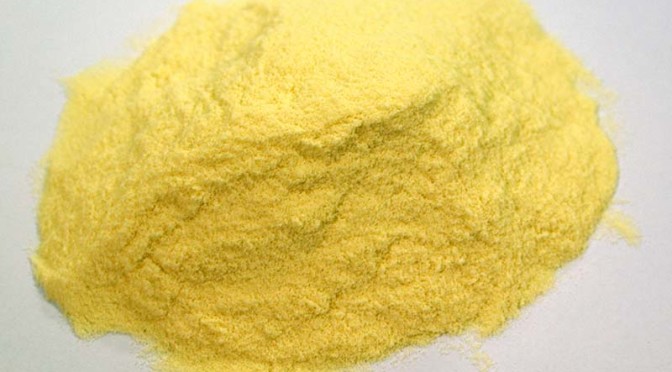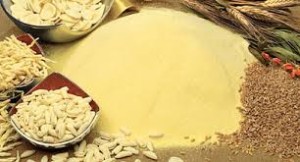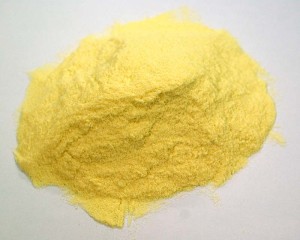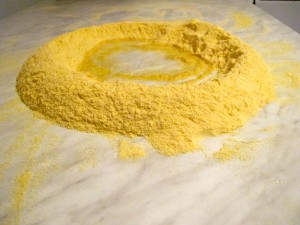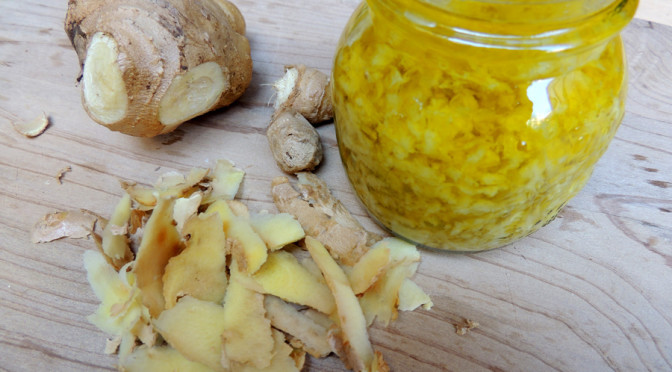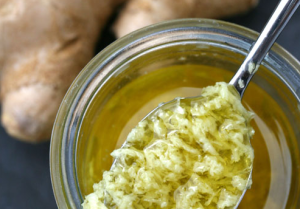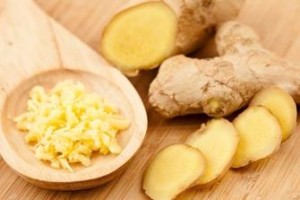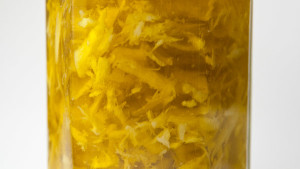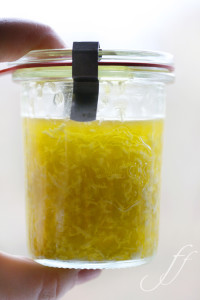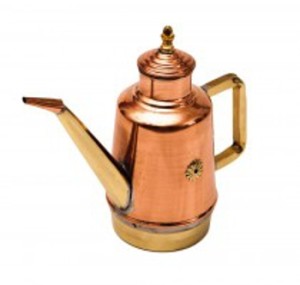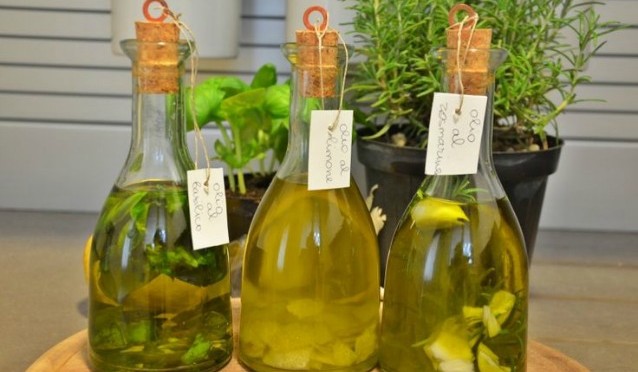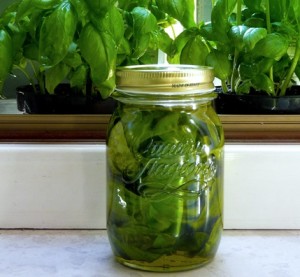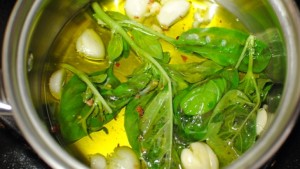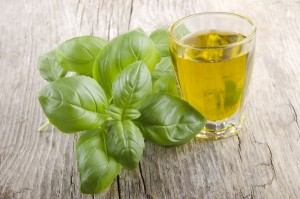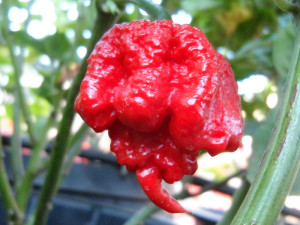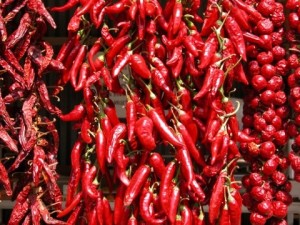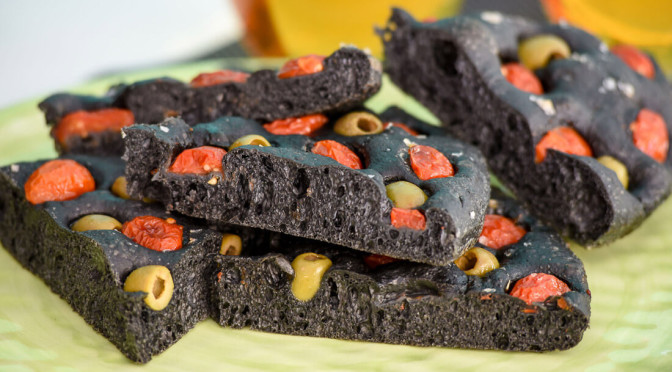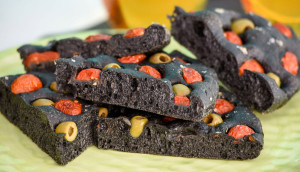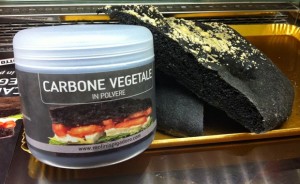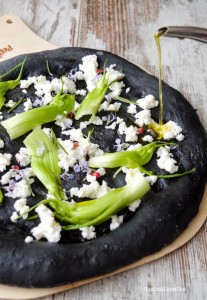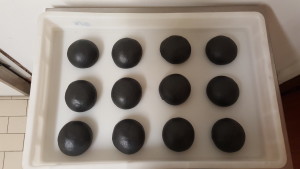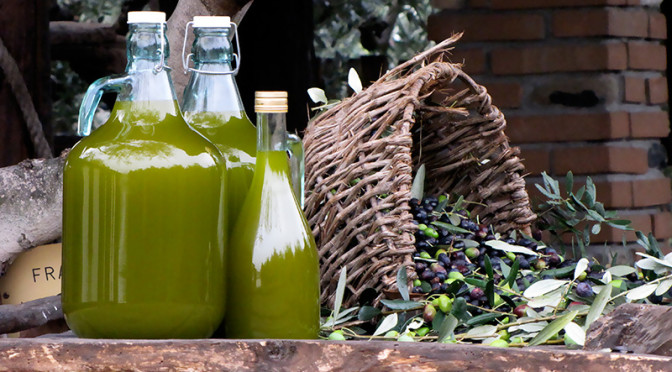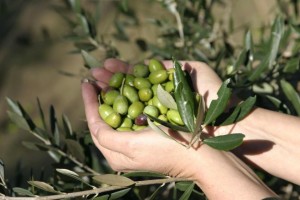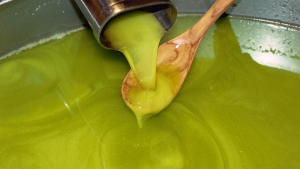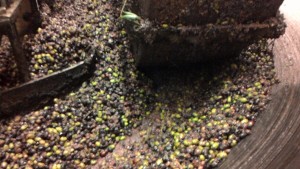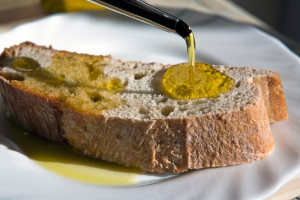Pineapple in Kitchen and Pizzeria. delicious fruit that can be found throughout the year in the fruit and vegetable stands of large and small supermarkets.
Most of the pineapples we consume comes from Hawaii, from the Caribbean, Mexico and Brazil.
Such as oranges, the pineapple is rich in vitamin C and citric acid, dextrose and fructose that give the fruit its characteristic sweet and sour taste at the same time.
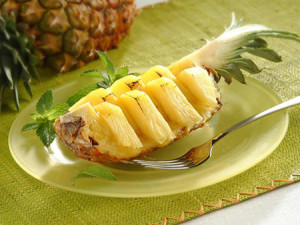
Pineapple in Kitchen and Pizzeria
It seems that in Europe the Belgians and the Dutch are the biggest consumers of this delicious fruit. In Italy it became popular only in recent years, that is, since it began to be used for different preparations at the pizzeria and in the kitchen.
Ideal for consumption as fruit after a meal, widely used for salads and sorbets, grilled served with a sprinkling of cinnamon, diced in salads.
Those who work in the kitchen knows very well this fruit, and he knows that also lends in the risotto preparations , and on cold rice salads. With its unmistakable taste fresh pineapple is easily adaptable to be served with the pork meat, chops or fried tidbits.
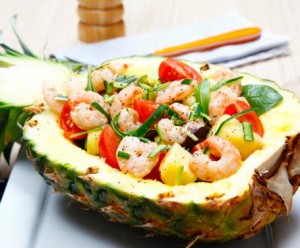
Pineapple in Kitchen and Pizzeria
The pizzeria pineapple arrived bounce through the American culture, they of course to have invented Hawaiian pizza, and, very slowly, over the years it has also been imported into our country. It is now easy to find the Hawaiian pizza almost all of pizzerias of our country menu.
In our country is also popular the canned pineapple (syrup), but you know that when cooked in water and sugar pineapple lose much of its beneficial properties.
rather different speech for the Pina Colada, the famous Puerto Rican cocktail made with rum and pineapple smoothie which is a long time known and famous in the world.

Pineapple in Kitchen and Pizzeria
Leafing through the history books, it would seem that Christopher Columbus found this curious result in 1493 the island of Guadeloupe in the West Indies.
They were the first Portuguese colonizers and the Spanish who introduced the cultivation of this plant in their colonies of South Africa and.
The Pineapple is known by all as a result “fat burning” but, We know that there are no foods that make you lose weight. E’ true that contains a high content of bromelain, an enzyme contained in the stem, which speeds up metabolism and acts as a natural anti-inflammatory, but you should consume uncooked, because bromelain disappears with cooking.
Pineapples comes from “ananaz” which is the name the Portuguese gave to this fruit by copying the natives who called him “nana” The Spanish conquistadores called it “pineapple” which had followed the English name “pineapple” for its resemblance to the pine cone.

If you are interested in using the pineapple in pizza, follow our recipe “Hawaiian Pizza“
